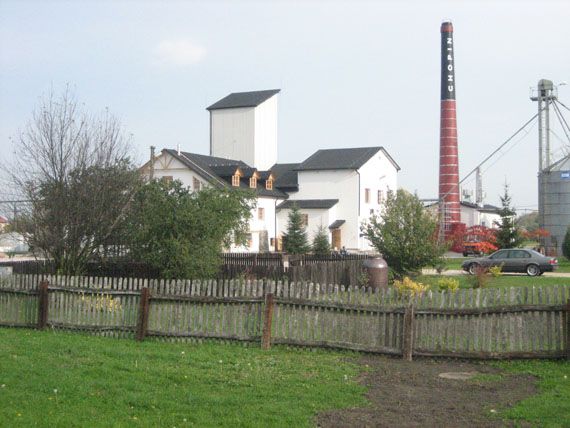
Vodka. Though the clear, odorless liquid is the world’s most popular spirit, its beginnings are somewhat vague. It was used initially for medicines, cosmetics, even aftershaves; later debuted as a drink in the 1500s (though not a common concoction for a couple of centuries); and originated in Northern Europe (exact locale unknown)—both Russia and Poland lay claim to its birth certificate.
The debate over vodka’s homeland is centuries old. No resolution appears on the horizon, yet the controversy seems irrelevant to those who imbibe.
While Poland may be lesser known for the beverage in some circles, it is renowned to many. Pablo Picasso was a bona-fide fan who once declared his devotion: “The three most astonishing things in the past half-century were the blues, cubism, and Polish vodka.”
Both geography and history are intertwined with the national drink called wodka in its Polish homeland. Early on, the northernmost country’s frigid climate helped heighten the spirit’s popularity because it warmed residents more quickly than other alcohols—a simple matter of survival. Rye, the prime ingredient in typical Polish vodka, thrived in these same rough weather conditions.
Governmental milestones made additional imprints. After World War II, Poland’s communist party overtook the country’s distilleries. In the 1980s coveted items were rationed, including meat, sugar, cigarettes, and vodka—one-half bottle a person was the monthly allotment. And when distilleries privatized in the Solidarity movement, an explosion of vodka brands occurred.
Now home to more than one thousand labels, it would be a pity to not explore a couple of Polish vodkas—rye and potato.
Named for the country’s famed composer, Chopin is vodka’s only luxury potato offering. At one time, it was only those on social ladders’ lowest rungs who drank potato-based spirits. But the small distillery in the farmlands of Podlasie changed this perception when Chopin hit the market in 1993—vodka that reflects the production plant’s surroundings.
Passing apple orchards, grandmothers on bicycles and tidy houses interspersed with service storefronts when in route from Warsaw, the distillery is in the country’s “ecological” region. The best time to see Chopin’s production is harvest season (mid-September to mid-November) when local farmers arrive with truck loads of freshly picked potatoes. There is no secret ingredient, just a four-time distillation process using 40 organic potatoes in each bottle.
Belvedere vodka is made from rye grain, undergoes a quadruple distillation process, and is easily recognized by the elegant, frosted-glass bottle showcasing Belvedere Palace (Warsaw’s former presidential residence).
In contrast to Chopin’s farm-style environment, the distillery in the town of Zyrardow is a high-tech, precision-run operation with top security enforced behind a gated entrance.
In many ways, vodka is to Poland what the Eiffel Tower is to France. The spirit dictates a lifestyle—its hardy foods are enhanced by the drink, special occasions are celebrated with a glass, even an evening at Warsaw’s popular KOM restaurant bar seems better . . . when accompanied by vodka.
To inquire about a visit to Chopin Vodka’s Distillery, go to polmos-siedlce.com.pl. The Belvedere Vodka Distillery is not open to visitors.
Potatoes at potato vodka distillery









